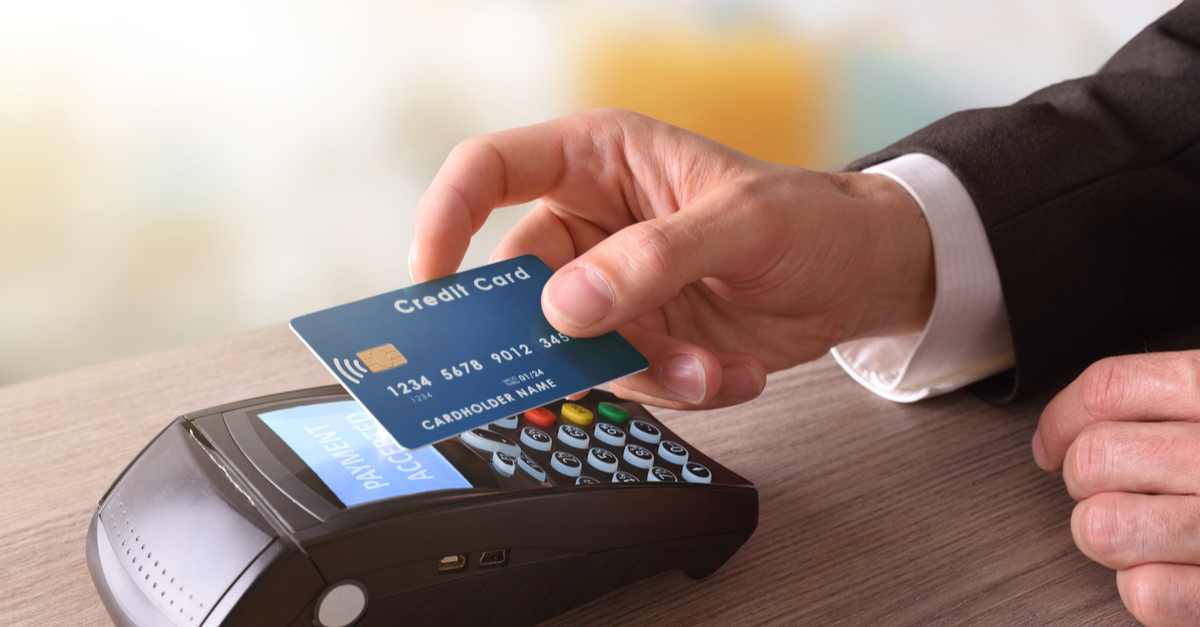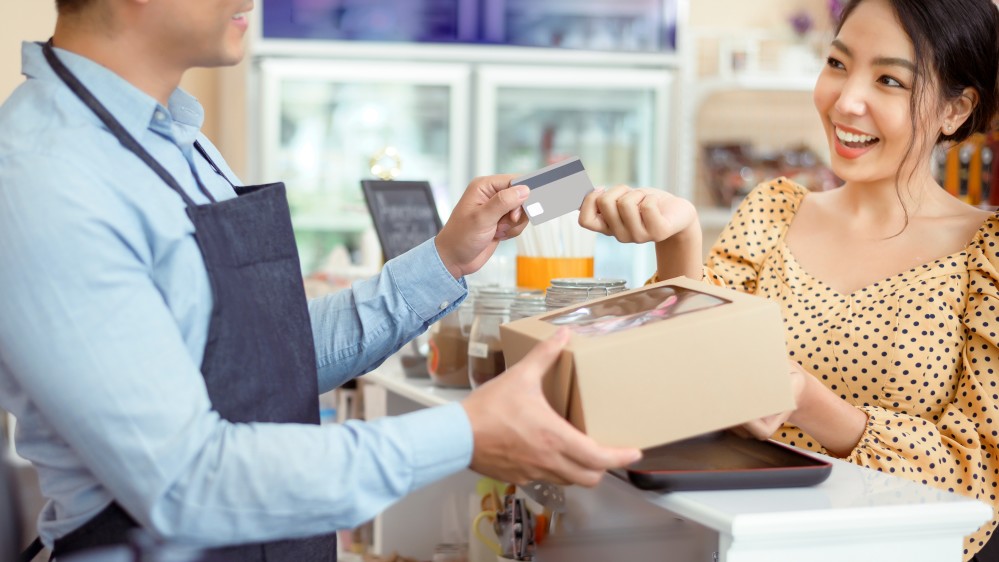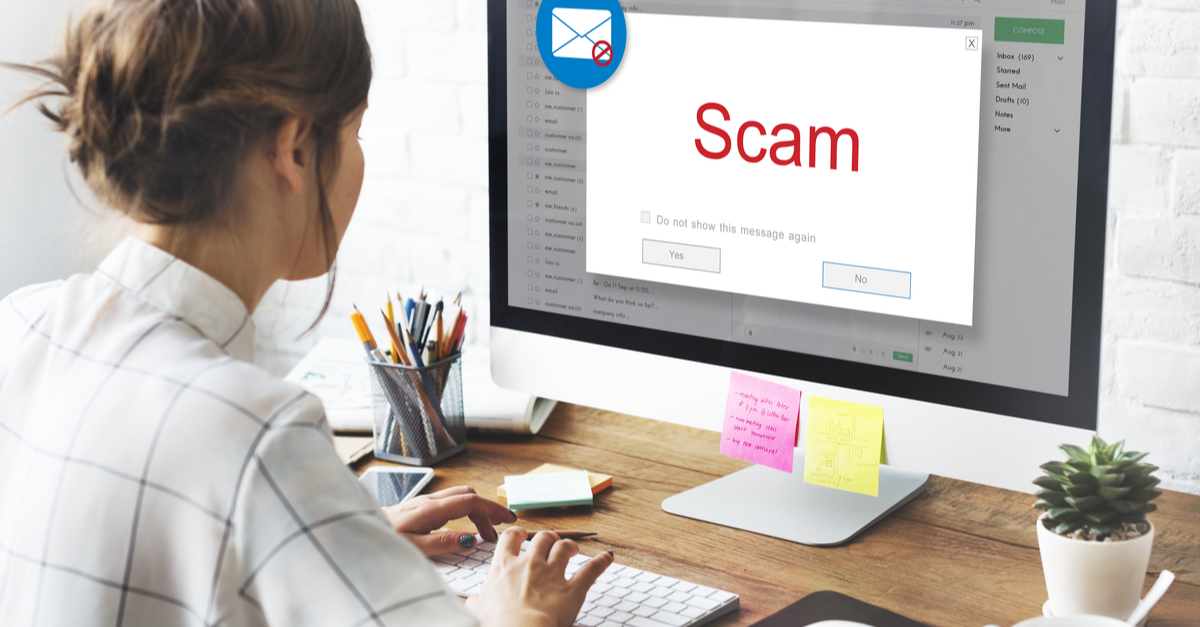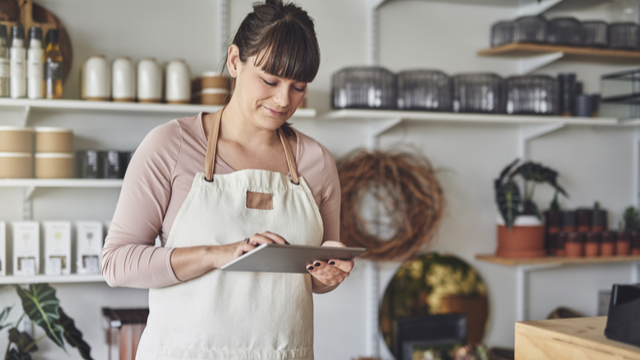5 min read
How to Create Customer-First Payment Experiences
Customer experience has become a top priority for shoppers, even topping price and product quality when choosing where to shop. According to a PwC...

RFID holds a pretty wide range for what it’s capable of accomplishing, especially in the ever-evolving retail landscape that we now have come to know and understand. Consumers are increasing seeking an experience that is personalized to their liking and anchored to each of their individual realities. Contactless transactions are omni-present to say the least, even though The United States of America has been slow to adopt the trending payment option. According to a study collected by global consulting firm, A.T. Kearney, in 2018 alone, 3% of US cards were contactless while the UK had adopted 64% of contactless card usage in their transactions. As lockdowns are slowly lifted throughout all parts of the world, many will come to find out the socially distanced norms, that they’ve come to know and participate in, look very similar to that of contactless payments.

Breaking down the contactless payments’ theory, customers increasingly demand a sense of expediency, and with store clerks and banks keeping physically distant, there is a need to be resolved here. Contactless payments act in a way of paying for goods or services without physically needing to swipe your card within a machine or handing it off to another person. Once the phone or card is within a specific range, the payment device can collect data off the user’s personal payment method and process the transaction, easy and simple. It’s likely that once everyone is vaccinated, or herd immunity is acquired, many brick-and-mortar will continue to operate under careful conditions and pick up “tap-to-pay” systems in the meantime.
Back to Contactless
Contactless payments are essentially possible because they work alongside RFID, which employs memory chips or “tags” that store the required personal information that is necessary to process the transaction. RFID is common in almost every vertical market, whether it’s utilized to track a package’s whereabouts within the supply chain or to even check a retail shop’s inventory availability. It’s found that contactless measures heavily rely on NFC, or Near Field Communication, which falls under the RFID sector, but also only properly functions when a device is within a few centimeters of the tag at hand.

NFC payments are typically very secure in nature, and utilize the same standard as EMV chips, which can find them effective in reducing fraudulent occurrences. This method is not only convenient for the consumer, but also the retailers and banks that are receiving and processing the payments. There’s less baggage to rifle through, especially when conducted in a safe and socially distanced manner. It’s unlikely that banknotes and are leaving for good, but with the germ-factor possibly lingering around on their surface, many have referred to the touch-less method for now. The overall impact of COVID-19 won’t be finalized for quite some time, not until at least herd immunity is captured, and things start returning ‘a glimpse of normal’, however the payments industry will have a major role to play when it comes to helping the world stand back up, without falling over again. Providing an alternative to physical currencies with digital payment systems, adopting digital currencies into universal payment solutions, and embracing cloud-based infrastructures and analytics programs are just a few of the ways to refuel the world, post-COVID-19.
COVID-Considering
Back in October, the TEConnect Podcast revisited the topic of contactless payments alongside PAX Technology’s Heather Hatch and EVO Payments’ PJ Tierney, to dive deeper into exactly what’s needed to help make contactless a clearer part of our future.  Though the US could definitely benefit from touch-less and contactless payments in the retail and hospitality landscape today, especially in the midst of a global pandemic, the current state of adopting contactless options for good isn’t certain. The possibilities are there, but it’s more about gaining the confidence to get the wheels rolling more effectively in the long run. Be sure to catch up with this podcast to listen in on the podcast crew’s opinions and thoughts of where we’ll be, payments-wise, in the next couple of years.
Though the US could definitely benefit from touch-less and contactless payments in the retail and hospitality landscape today, especially in the midst of a global pandemic, the current state of adopting contactless options for good isn’t certain. The possibilities are there, but it’s more about gaining the confidence to get the wheels rolling more effectively in the long run. Be sure to catch up with this podcast to listen in on the podcast crew’s opinions and thoughts of where we’ll be, payments-wise, in the next couple of years.

5 min read
Customer experience has become a top priority for shoppers, even topping price and product quality when choosing where to shop. According to a PwC...

3 min read
Estimated reading time: 2 minutes

6 min read
No matter the industry, whenever a new tactic or strategy is implemented, there will always be challenges before an organization can master the...